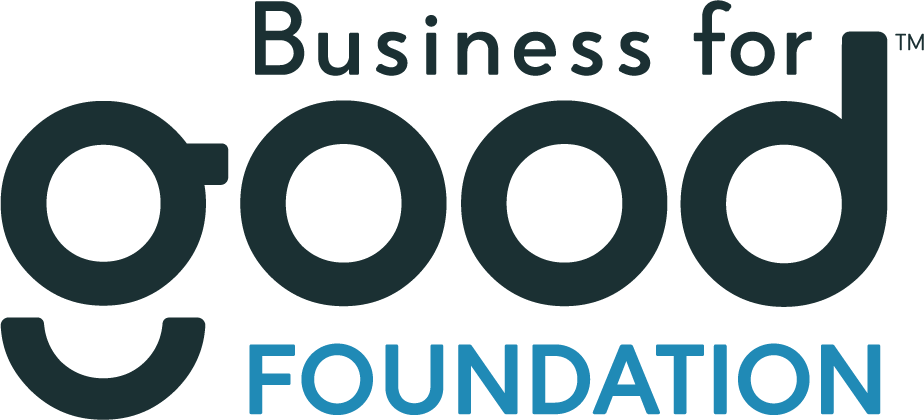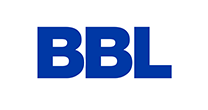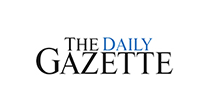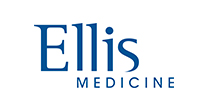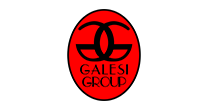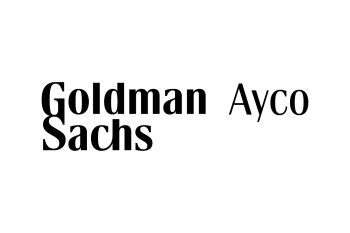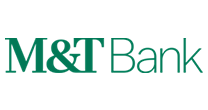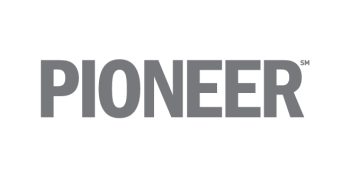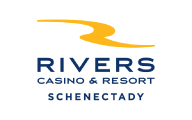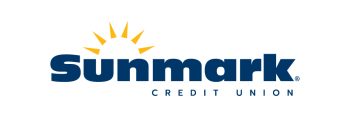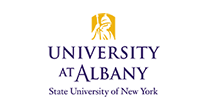News
January 12, 2017Humane Society Releases Data on Animal Lives Saved
The success of an animal welfare organization is typically judged on its number of adoptions. Yet adoptions only tell part of the story. The Mohawk Hudson Humane Society has just reported its 2016 “live release rate,” which not only includes adoptions, but also other life-saving outcomes, such as returns-to-owner and transfers to other organizations.
In 2016, 88% of shelter animals had these positive outcomes, the highest lifesaving rate in the 130-year history of the organization. In 2016, this translated to actual numbers of 4,278 animals saved. Euthanasia has dropped by 70% in the past 10 years.
The Society only euthanizes animals that may present a danger to public health or when medically necessary. Over time and with the addition of veterinary staff, MHHS is able to provide treatment, or adopters are willing to take on animals with manageable conditions that may have been cause for euthanasia in the past.
“We are able to find wonderful homes for animals once deemed untreatable,” said MHHS President and CEO Brad Shear. “In the past, shelters thought no one wanted older animals or those with medical challenges. But in this community, people open their hearts to those animals.”
“The strategic development and expansion of our programs and services, coupled with the hard work of our dedicated staff and volunteers, has enabled us to make dramatic strides in saving more lives. The opening of our new Animal Care Center this summer will provide a vastly improved environment for the animals with increased efficiencies that will help us to do even more for the animals in our care and others in the community,” said Shear.
Saving more lives can be attributed to several factors, including:
- High standards of sanitation and veterinary care to keeps pets healthy and give them a good start in a new home. Partnerships with area veterinarians who donate services beyond what can be provided in the shelter also contribute to adopting out healthy pets.
- Effective adoption counseling – to ensure that good matches are being made from the start.
- Accurate recordkeeping, diligence of staff, relationships with animal control agencies, and the Society’s online lost and found reporting tool were all factors in returning over 400 lost pets to their owners in 2016.
- A dedicated network of over 200 foster homes enables the Society to care for more animals when shelter space is in short supply, as well as provide a homelike environment for special needs animals.
- Positive relationships with other rescue organizations allow for mutual support when placement assistance is needed.
- Skilled personnel to support cruelty investigations and rescue efforts.
- With six adoption outlets and a strong corps of volunteers, MHHS is able have a wider reach to potential homes throughout the greater Capital Region.
Increasing the live release rate is just one of focuses of the Society’s strategic plan.
“It’s about doing as much as we can as well as we possibly can, keeping the greatest amount of animals in our community safe and, and helping not only the animals, but the people they are connected to,” said Shear.


